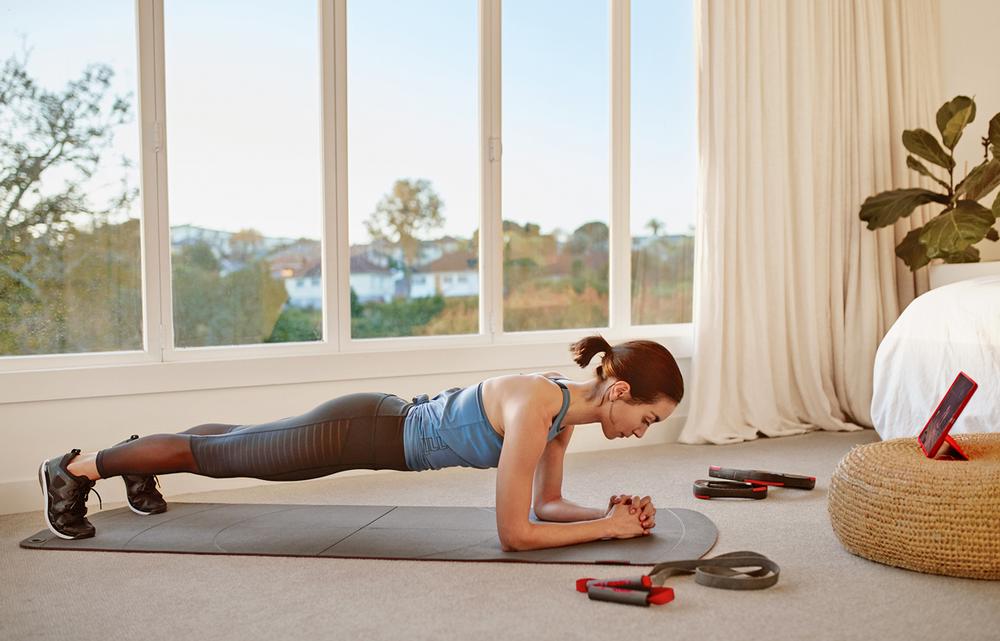latest fit tech news
Egym snaps up Hussle as it moves to dominate the corporate wellness market with its Wellpass product
Foresight: HCM fitness trends
COVID-19 has changed the world as we know it. This year’s HCM Fitness Trends have been updated to reflect the new reality of the challenges being faced by operators globally
The pandemic has seen operators the world over pivoting to digital to create live streaming or on-demand workouts to keep members engaged, with many services being offered free of charge to maintain a connection with members.
Although clubs are reopening, they are doing so under threat of closure through possible second lockdowns, meaning the pivot to a hybrid gym model has begun, with software companies and operators working to merge digital and physical into one seamless offering for members.
We expect to see an increasing focus on monetising digital, while empowering members to work out wherever they feel comfortable via apps, live streaming and virtual classes.
This is opening up a new competitive landscape where existing providers vie with operators, equipment suppliers and app and software companies for market share of the hybrid gym market. We expect to see rapid change as a result, with a major land grab already underway.
One of the greatest areas of demand from consumers when it comes to their health club offering over the next few years will be all forms of outdoor fitness.
COVID-19 is 18 times less transmissible in the open air, making things safer, while the psychological benefits of outdoor fitness are well documented in terms of improving mental health.
People have had their movement restricted for months and are placing a high value on being outdoors in nature and enjoying some freedom. Expect brands such as The Green Gym and Bear Grylls’ BMF (Be Military Fit) to see rapid growth, as exercise beyond the four walls becomes hugely popular. We may also see new competition in this area.
Health clubs with outdoor spaces are freshening them up and doing outdoor programming, while clubs without green space are finding their nearest park (or car park) and programming in outdoor fitness sessions. Running and cycling groups are also increasingly popular.
The next trend will see outdoor fitness being creatively weather-proofed for the extremes of the summer and winter months in both nothern and southern hemispheres, as outdoor fitness becomes a regular part of the health club offering.
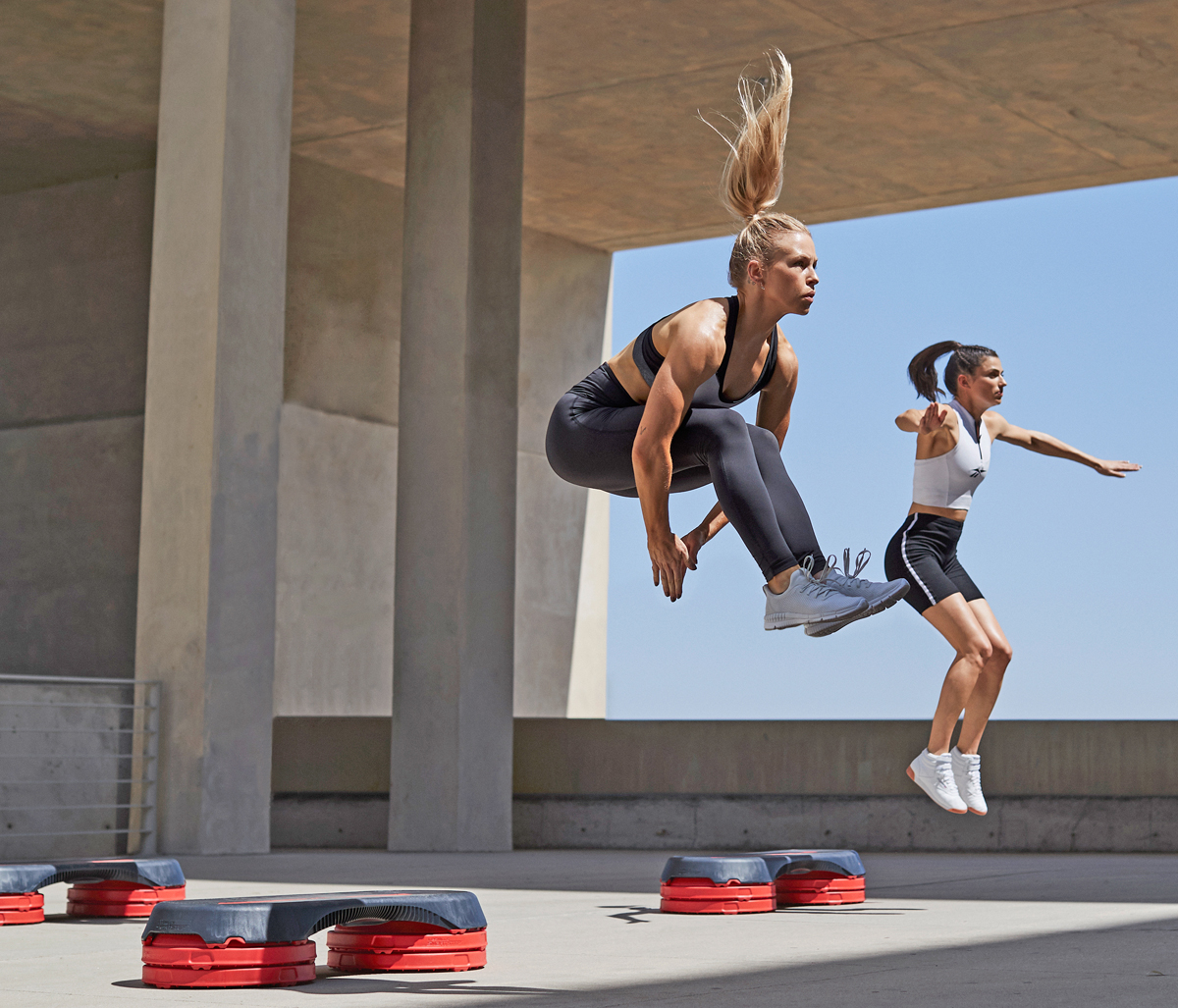
Gym operators are still not making an impact as major consumer brands in many parts of the world, partly due to a lack of visibility by consumers. Now this may be about to change, as governments look to revitalise failing retail areas by allowing gym operators to open shopfronts in these locations. There will be issues with parking to resolve, but there will also be first mover advantages for operators who find a successful high street gym model that enables them to raise their profile with consumers and cement their brand as a market leader. Falling retail rents also make viable deals increasingly likely.
Operators that make it through the pandemic will vow to never again leave themselves so exposed to limited revenue streams and will move to diversify at the first opportunity.
We expect to see moves into other sectors, as well as increased activity in areas such as mail-order retail, F&B – including home delivery – streaming subscriptions, health checks, sleep, health insurance sales, etc. Some delivered under license, others through partnerships.
New guidance issued by chief medical officers in both the US and the UK places an increased emphasis on the importance of building strength and balance for adults.
Adults are advised to undertake strength-based exercise at least two days a week to help delay the natural decline in muscle mass and bone density that starts from around the age of 50. This is a major reason why older people lose their ability to carry out daily tasks and succumb to falls.
The new guidelines follow decades where cardiovascular exercise received more attention and was more often requested by gym and health club members and more likely to be recommended by trainers.
We expect new exercise modalities to spin out of this focus on strength, with strength training becoming popular as an addition to HIIT training, as well as being a more popular option in its own right.
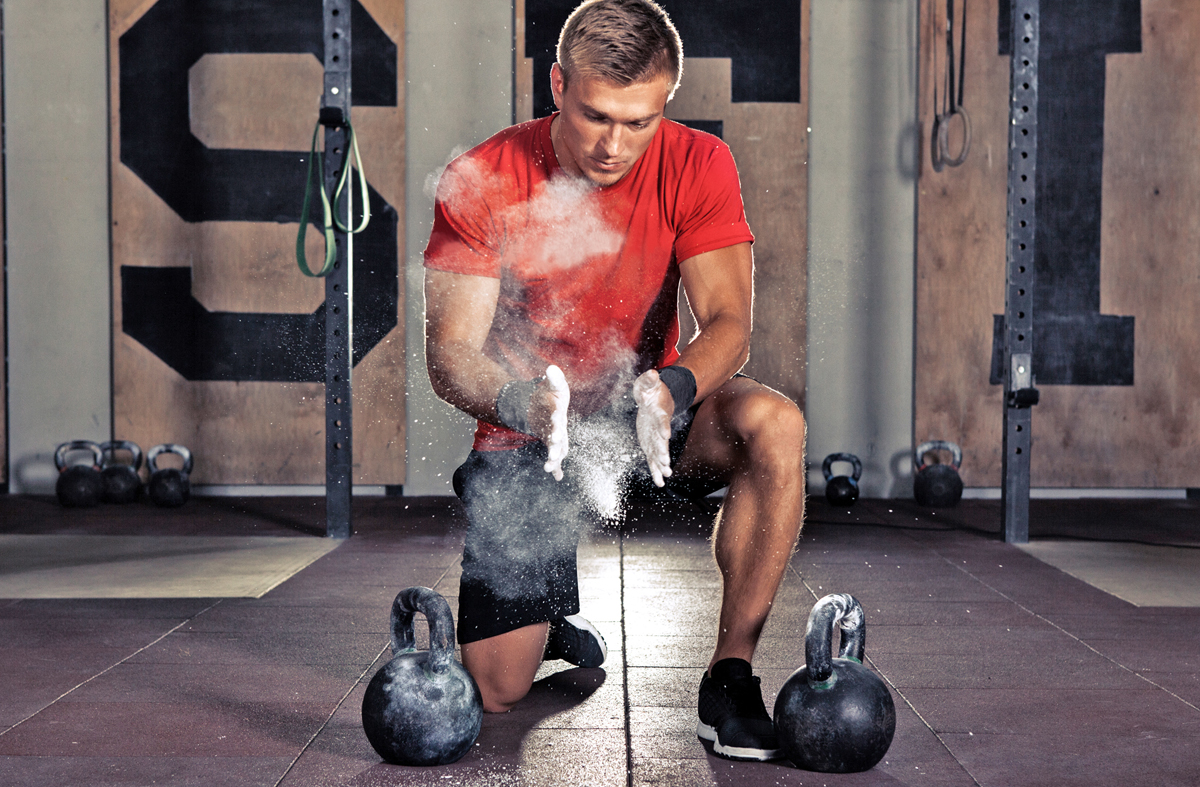
The coronavirus pandemic has put fitness and health in the spotlight, as evidence continues to emerge about morbidity factors in relation to COVID-19.
Although there are exceptions, the majority of people who succumb to the disease or experience it more severely have underlying health problems – the vast majority of them lifestyle-related.
We expect fitness to assume far greater importance from a public policy point of view going forward, with governments – after decades of paying lip service to prevention – finally inspired to get behind an effective preventative agenda.
Because of the scale of the challenge, we expect them to look to the fitness industry to be an effective partner in achieving this goal. We also think fitness technology will be deployed to drive interventions, engagement and reporting on initiatives relating to this work and that this will happen at scale.
With all major tech organisations already heavily invested in the fit tech space and a wealth of start-ups bringing new products to market, we also expect the consumer market for fit tech to grow rapidly as people look for support in relation to taking more responsibility for their own health and wellbeing.
The scale of the challenge is such, that we will need to harness technology to deliver.
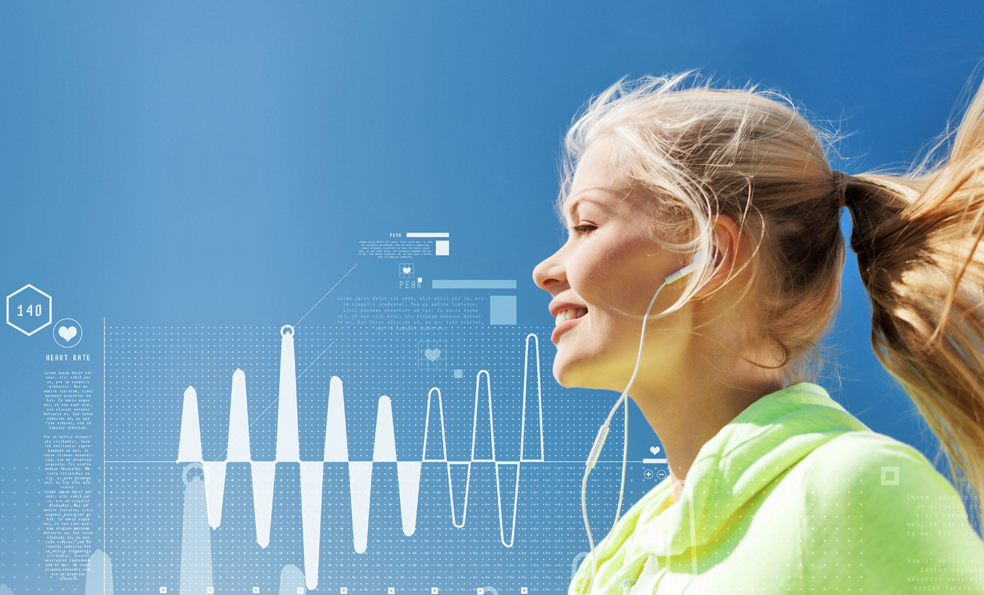
Fitness business with a diverse portfolio of brands catering to a wide range of markets look set to proliferate, as operators in the industry look for ways to optimise opportunities and spread risk.
Expect to see investors backing companies with a portfolio of brands, each catering to a different market vertical and with these often configured to create ‘city takeovers’ – critical mass in key locations – to create economies of scale to drive down core costs.
Convalescence from COVID-19 has been found to be a long process for many people and there is increasing evidence it can also trigger Chronic Fatigue Syndrome.
This will leave thousands in need of rehabilitation if they are to regain their health and vitality and – potentially – improve their health beyond pre-COVID levels.
This need presents important opportunities to health and fitness operators and we expect to see high-level COVID-19 recovery programmes being offered, with staff trained to ensure safety.
Evidence is associating vulnerablity to COVID-19 with unhealthy levels of body fat, leading to a renewed focus on both obesity and overfatness. The body mass index (BMI) is the standard measure for estimating obesity-related health risk, but BMI extrapolates body fat percentage based on height and weight.
The formula can’t assess how or where the body stores excess fat and it’s estimated that BMI misclassifies a signficant proportion of people who are at higher disease risk from excess fat, meaning they can be ‘overfat’ even though they may not be overweight.
A study in the UK found excess body fat raises the risk of dying from COVID-19 by 40 per cent, while a study in New York found it was the biggest factor, after age, in hospitalisation.
More people are overfat in the 30 most industrialised countries than are obese and overweight globally.
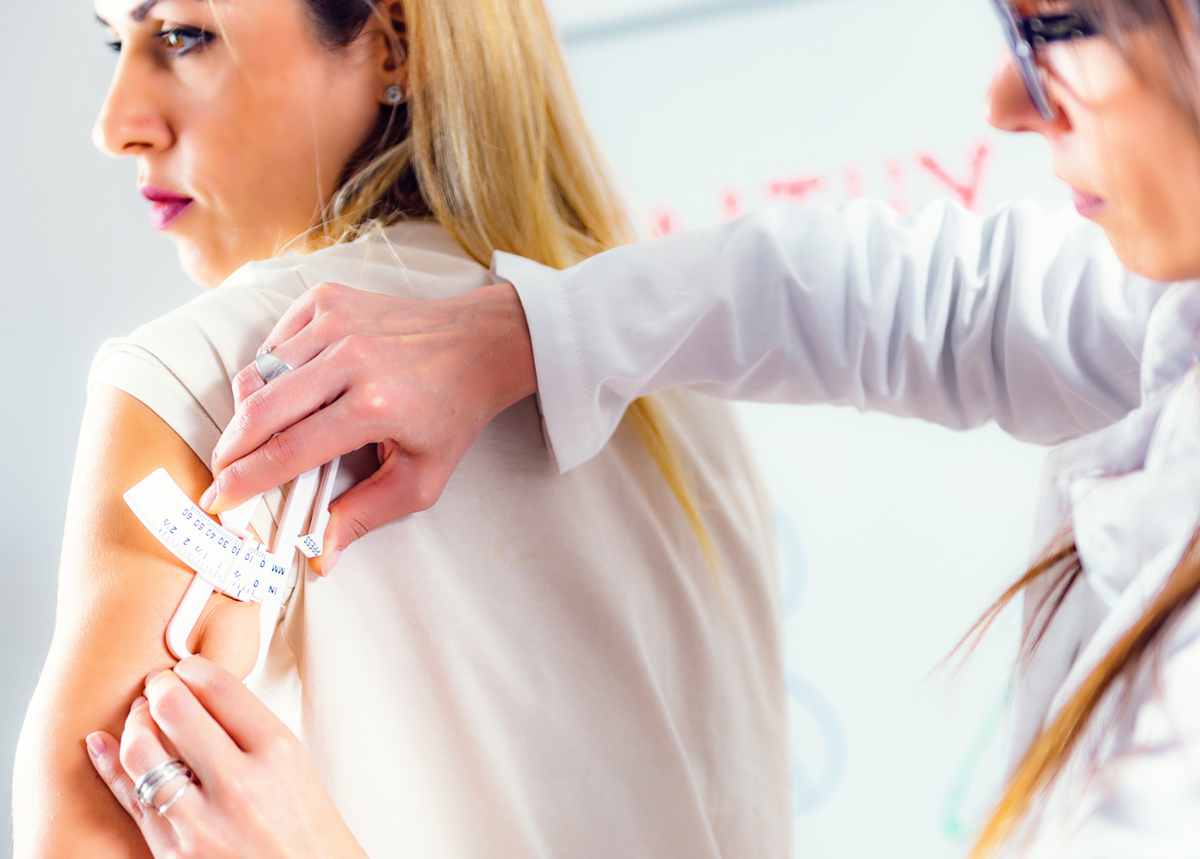
Celebrity trainer and motivator Joe Wicks hit the headlines in the UK during the lockdown by stepping up with his daughter Indie to offer a daily workout at 9.00am every Monday to Friday for kids on his The BodyCoach TV YouTube channel.
Called PE with Joe, the sessions were designed to replace the usual school PE lessons and Wicks pulled out all the stops, sometimes wearing crazy costumes and creating sessions bursting with energy to engage children (and parents) in some serious exercise, combined with silly fun.
PE has been a less-than-fashionable area of activity in recent years, but we expect Wicks’ inspired take on the PE lesson to lead to a revived interest in school PE as an exercise category.
Wicks had already spent four years touring schools promoting exercise and is now said to be in talks for his own TV show based on the PE lessons.
With kids’ exercise a priority and childhood obesity a global crisis, a new focus in this area is long overdue. Kids today are tech-savvy and will have been influenced by online workouts during lockdown. We think virtual PE lessons in schools and at home will be a natural extension of this trend.
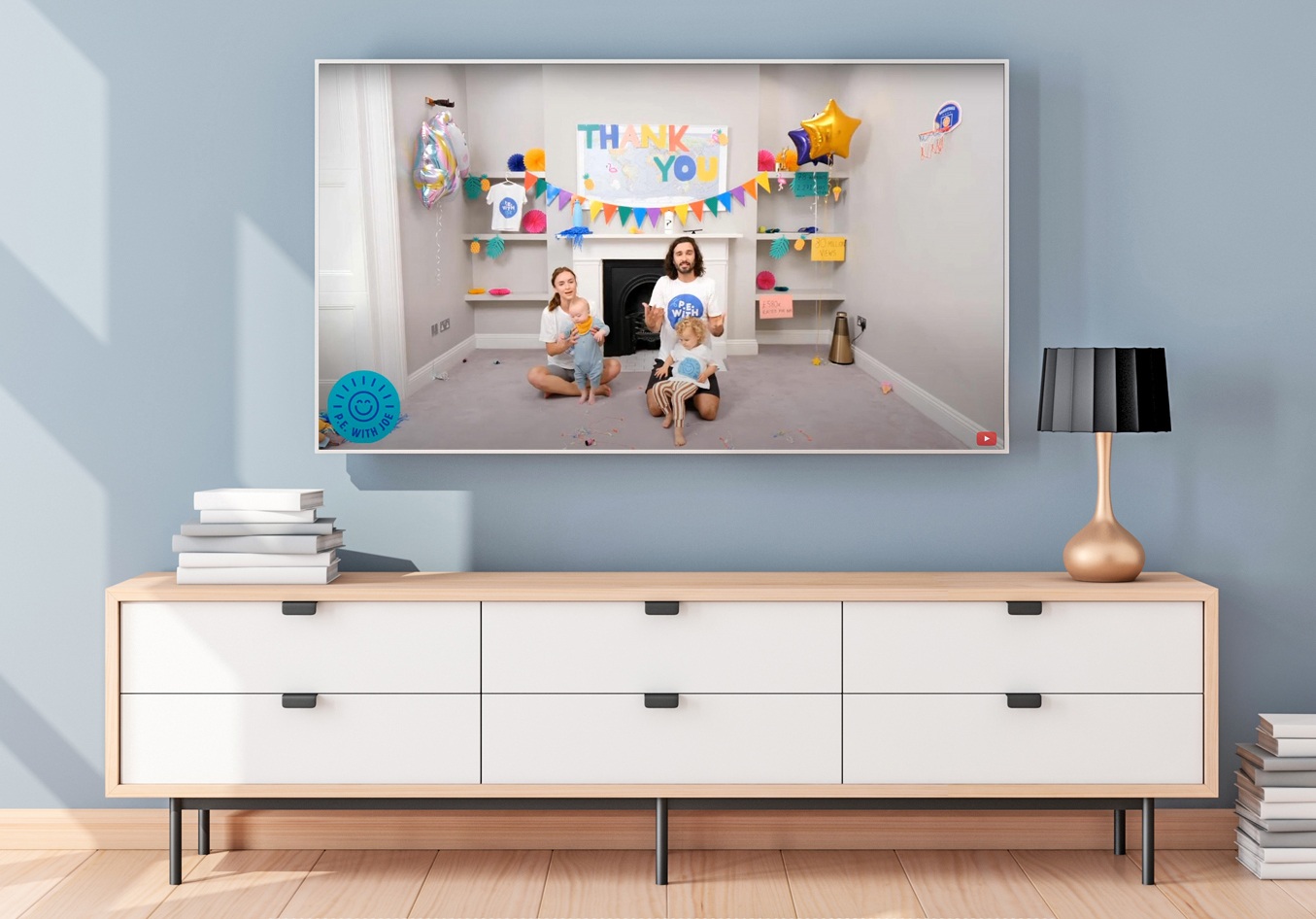
Health and fitness operators who had the foresight to take out (useable) pandemic insurance have been few and far between – not many have been fortunate to have the backing of their insurance company during the COVID-19 crisis. Those that did have found their future secured.
We expect to see a new interest in business interruption insurances of all kinds, as operators seek to protect their position in relation to any future business disruption of any kind.
The pandemic has accelerated the incidence of mental health issues and health club operators have the opportunity to do something to help. We expect more health and fitness operators to launch mental-health-related services and specialist mental health memberships – in-club and virtual – to support members who need ongoing access to support.
Mental health services will be delivered in partnership with specialist organisations who are experienced in this area, to ensure people who need support are looked after by experts.
Historically, most of the cells (and humans) studied in medical science have been male and so most of the advances we’ve seen in medicine and exercise science have come from the study of male physiology.
This means we understand less about pretty much every aspect of female biology when compared to that of males.
Drug trials have also historically been biased towards men, meaning even today some drug dosages are calibrated for male physiology and typical body size.
Some of the studies that have defined the world of exercise – for example, the 1982 Multiple Risk Factor Intervention Trial (MRFIT) – which looked at whether dietary change and exercise could help prevent heart disease – only examined male subjects. This specific piece of research studied 13,000 men and no women.
We expect there to be an increasing awareness of the importance of eliminating male bias when it comes to research and the prescription of physical activity interventions.
A significant number of women are taking part in regular exercise and it’s vital their needs are understood. We hope the field of exercise science will commit to eliminating male bias in all studies going forward.
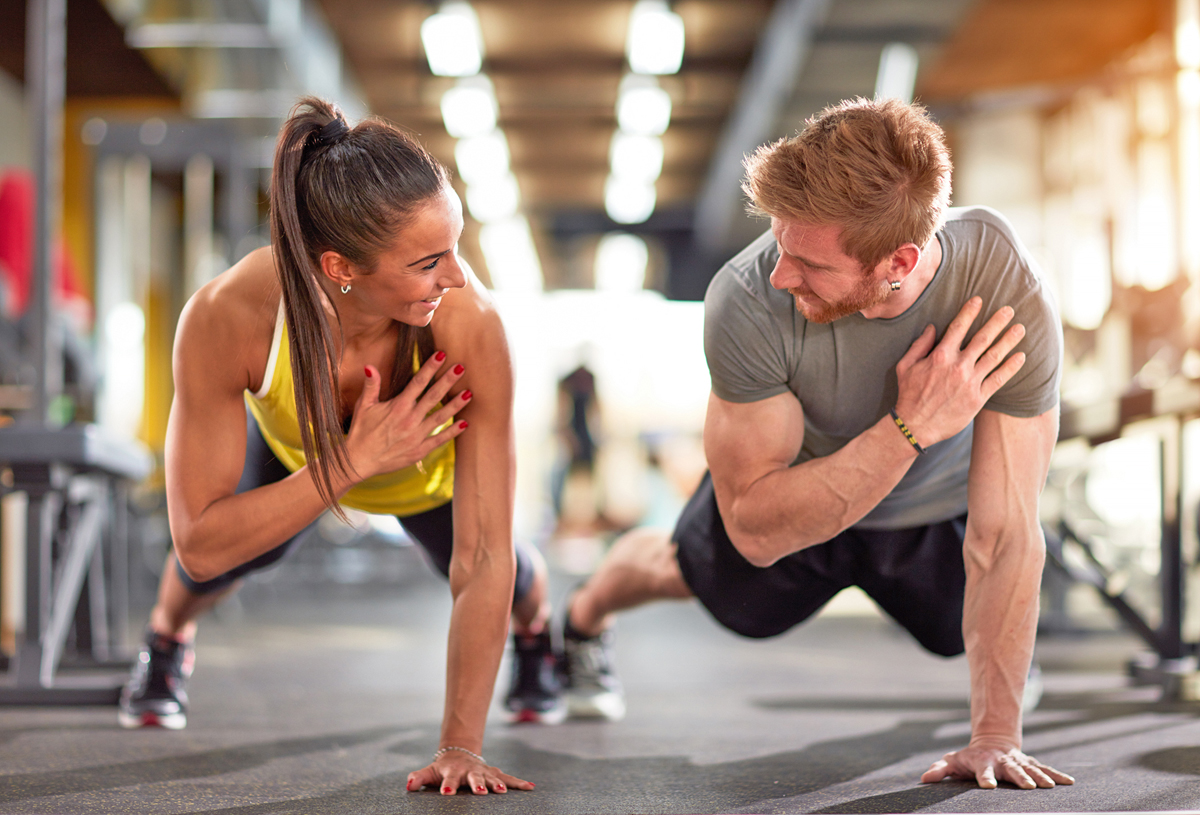
The lockdown has made the whole fitness industry focus on its USPs – what are we really charging for? What can people ‘only’ do in our gyms and nowhere else?
Streaming, virtual and digital fitness have come into their own during the pandemic, but they’ve shown some people that they don’t need to go to the gym all the time.
As the most popular leisure time activity, pool swimming is one activity offered by many gyms that’s hardest to access anywhere else, unless you’re lucky enough to have a pool at home. A significant number of gym goers have been taking to social media saying how much they miss their swims.
With its pleasurable weightlessness, swimming is almost the complete exercise – offering strength and cardiovascular training, as well as flexibility, so can be a valuable part of a balanced exercise regime. The only extra needed is weight-bearing exercise.
Being in water is also very healing and good for the body, as well as offering a number of mental health benefits.
When gyms fully reopen, we expect there to be a new enthusiasm for swimming and for health club operators to refocus their energies on areas of provision which can’t be enjoyed elsewhere, such as access to specialist equipment, advice and activities that use wet areas of clubs.

Staying warm after a workout can amplify the effects, according to new research – How post-exercise heating strategies affect endurance performance – sponsored by ACE, the American Council on Exercise. Researchers tested three groups – a control group, one that spent 30 minutes in hot water and another where people wore sauna suits following their workout.
Both passive heating strategies were equally sufficient to raise core temperatures, and both stayed below the temperatures (102° F/ 39°C) that might increase the risk of heat illness.
After three weeks, the mean VO2 max and lactate threshold changes in both the hot water immersion and the sauna suit groups were “statistically significantly greater” when compared to the control group, according to the researchers.
When it came to change in running economy, only the people in the immersion group showed a significant improvement, with the sauna suit not registering.
Researchers said post-exercise heat interventions allow people to “augment their training without adding volume and/or intensity, meaning they can achieve performance gains without increasing the risk of over-training or injury.”
Post-exercise passive heating can also be used to “preserve training adaptations if a client is travelling or trying to preserve fitness during an off-season programme,” they said. They also suggest not going beyond the 30 minutes or above the temperatures used and encouraged the adoption of good hydration practices.
With many operators increasingly training athletes and serious amateurs who care about performance, these relatively straightforward-to-apply interventions offer new opportunities to improve services.
We expect gyms to better exploit facilities that enable the delivery of post-workout heat treatments and to ensure their exercise professionals are trained to deliver them safely and effectively.
More: HCMHandbook.com/ACE

In a world set up to reward extrovert behaviour, introverts are commonly misunderstood and judged – labelled as shy, lacking in confidence or even boring, The difference between introverts and extroverts is how they respond to the neurotransmitter dopamine: a chemical released in the brain that provides the motivation to seek external rewards.
Put simply, extroverts recharge with people and introverts recharge on their own – gyms tend to be extrovert environments.
Many perform poorly when it comes to catering for introverts, but there’s much that can be done to change operating procedures to make gyms more welcoming – ensuring some equipment is placed in a quiet corner where more introverted members feel comfortable exercising, opening studios early to enable them to come in and find their spot and taking time to make them feel welcome.
We think operators will begin to recognise that introverts find the gym challenging and that introvert-friendly operations will develop.
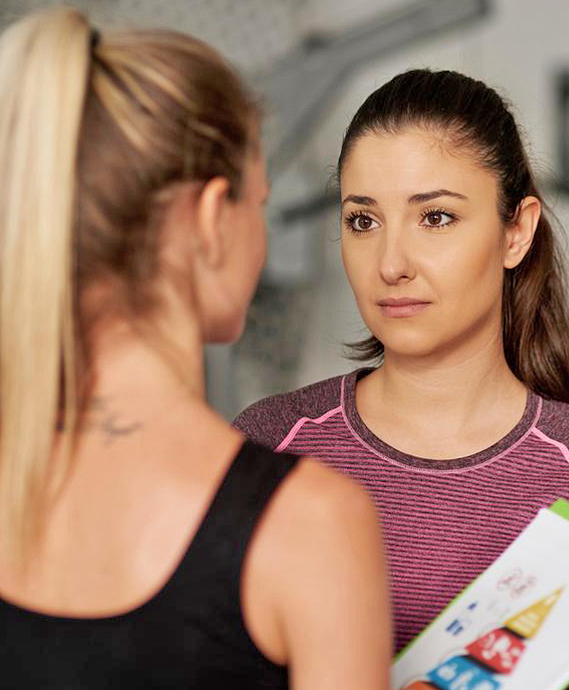
Big in the 80s, we think trim trails will make a comeback as a result of the pandemic, given they offer a straightforward and relatively cheap way to facilitate outdoor exercise.
The obstacle race sector has boomed since trim trails were last in vogue and we expect a new generation of trails to be developed – in part to play to the needs of frustrated obstacle course competitors who will not be able to take part in outdoor racing for some time, due to social distancing rules and ban on large gatherings.
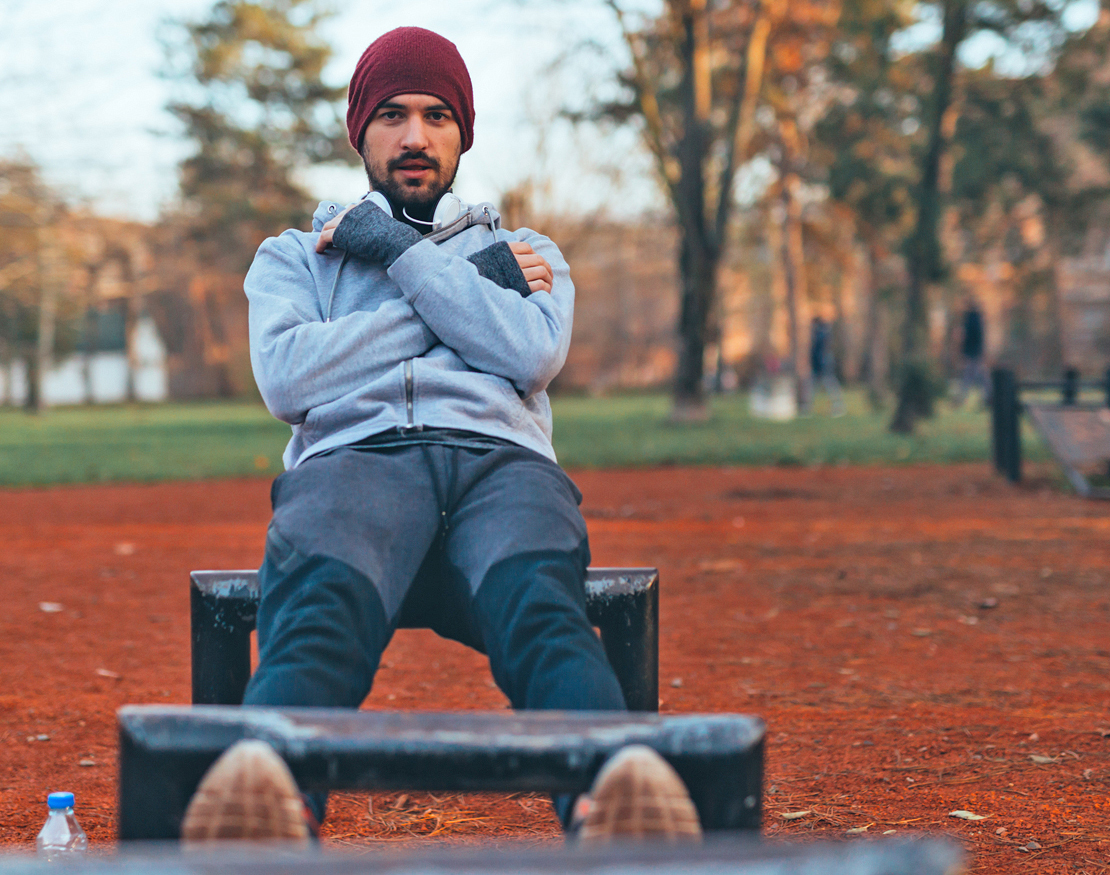
Approximately 80 per cent of confirmed COVID-19 patients have mild symptoms and do not need respiratory support. Professor Zhen Yan at the University of Virginia set out to find out why.
Yan found regular exercise may reduce the risk of complications in people with COVID-19, as well as offering the potential for alternative treatment approaches.
He studied an antioxidant called extracellular superoxide dismutase (EcSOD) that’s released in the body during exercise.
His work “strongly supports” the possibility that higher levels of EcSOD in the body can prevent or at least reduce the severity of acute respiratory distress syndrome (ARDS) – one of the worst outcomes of COVID-19. EcSOD does this by hunting down free radicals, binding to organs and protecting tissue.
“Our findings strongly support that enhanced EcSOD expression from skeletal muscle…which can be redistributed to lung tissue, could be a viable preventative and therapeutic measure in reducing the risk and severity of ARDS,” he said.
Research suggests that even a single session of exercise increases the production of the antioxidant, with cardiovascular exercise thought to drive the highest immediate levels of EcSOD production. However, strength training increases muscle mass, also playing a part in the equation.
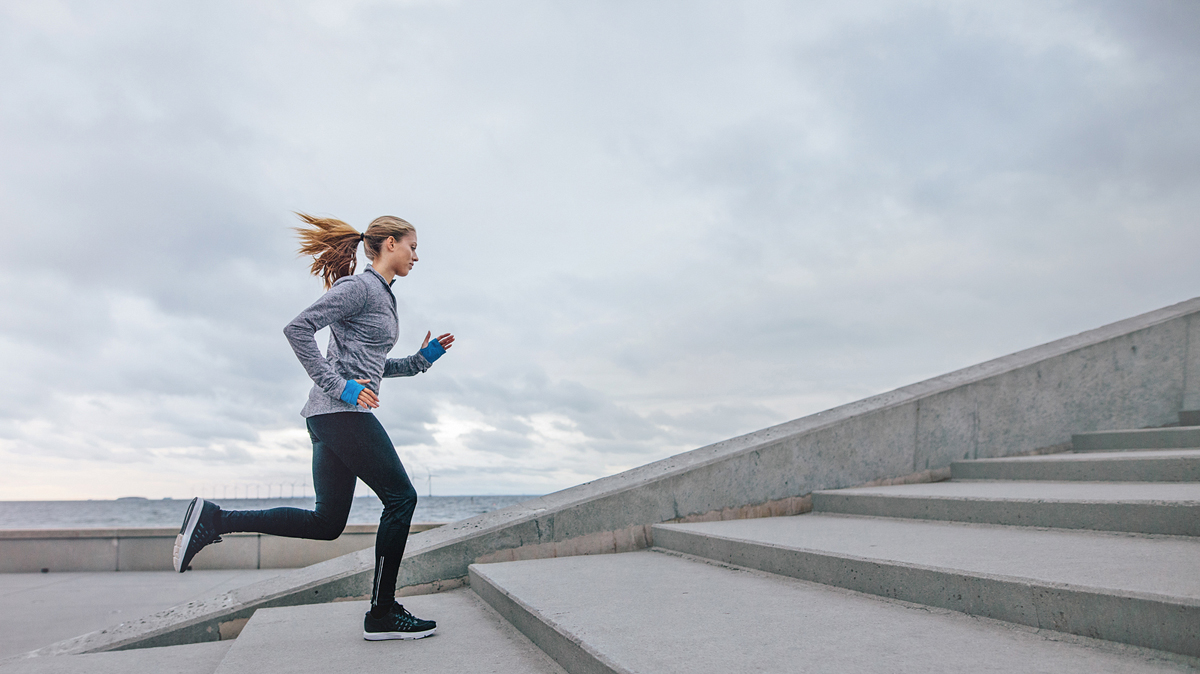
The health and fitness sector is a young one and has largely focused on growth, mergers and acqusitions to date.
However, the pandemic has highlighted an almost total lack of awareness of the sector among governments worldwide, with operators and trade associations struggling to make their voices heard when it comes to COVID-19 support and reopening packages.
As a result, we expect to see a new focus on lobbying, with operators making funds available to support increased lobbying via trade associations, as well as committing to their own direct lobbying efforts.
With the world’s leading gym operators now multi-billion dollar companies, the time has come for the sector to gain some serious influence.

The science of cellular ageing is complex, with new discoveries being made in the areas of senolytics and senostatics.
These two types of substances act on tissue to flush out old cells (senolytics) or to suppress cell death (senotastics).
Although some substances found to have senolytic effects are heavy duty drugs, such as repurposed anti-cancer molecules, it’s also known that some foods – for example, those containing the plant flavenoid, Finestin (strawberries, apples and grapes) can remove senescent cells from the body.
As the fitness and wellbeing sectors move closer, insight into natural anti-ageing interventions will be sought after.
Health club operators are increasingly offering advice on lifestyle and nutrition, so having the knowledge to advise members and customers on the latest trends in nutrition and health will be important as we seek to widen our remit as an industry.









